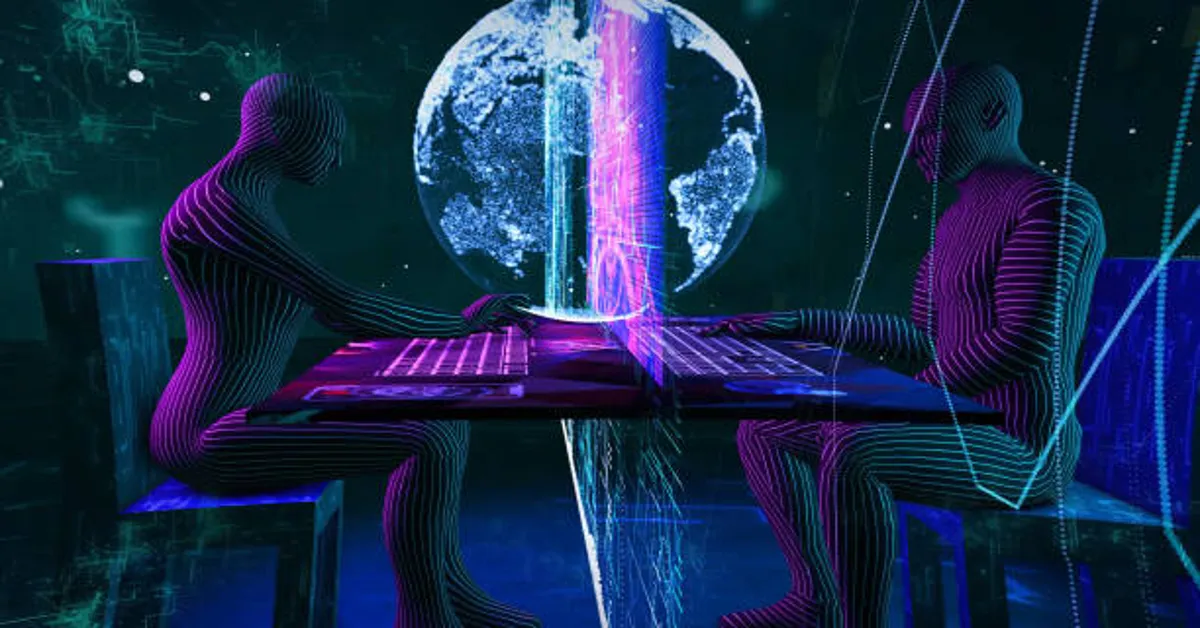Introduction
Now in this photograph-laden, billboards-studded, computer-ized age, spaietacle has never been more applicable a term. The word, coined by French philosopher Guy Debord in his 1967 book The Society of the spaietacle, refers to a condition of society where life is experienced indirectly by way of pictures, representation, and constructed events.
But what exactly is the spaietacle, and how does it influence our perceptions, conduct, and society in general? And how has it developed in the digital age? This article gives a preview of the history of the spaietacle, its psycho- and sociological impact, and its contemporary development—from social media to politics and pop culture.
Defining the spaietacle
Guy Debord’s Theory
Guy Debord, perhaps the most well-known member of Situationist International, claimed that contemporary capitalist cultures have evolved from “being” to “having” to “appearing.” That is, social connections and immediate experience are substituted by passive absorption of images and representation.
The major features of Debord’s spaietacle are:
Mediation of Reality: Life is experienced through screens, advertisements, and media instead of experiential reality.
Commodification: All—is art, relationships, even identity—turns into product-to-be-consumed.
Passivity: Others are observers, not actors, of their own lives.
The spaietacleand Reality
Thespaietacle produces a world of hyperreality where simulation is more important than reality itself. Consider Instagram influencers that build model lives, politicians that orchestrate photo-ops, or businesses that sell not products, but lifestyles.
As philosopher Jean Baudrillard later contended, we are in the era of simulacra where replicas of reality (e.g., television programs, commercials, and Facebook) acquire reality until it becomes impossible to tell them apart.
The Psychological and Social Consequences of the Spectacle
Alienation and Disconnection
Among Debord’s strongest criticisms was that the spectacle alienates us from our true relations and wants. We do not engage in deep ones but instead have interactions with controlled representations of others on the world wide web. Studies have shown that extensive usage of social media is associated with loneliness and depression—a byproduct of alienation obtained through the spectacle.
Consumerism and False Needs
The spectacle feeds on fabricated desires. Commercials sell not commodities, but selves (“Get this to succeed!”). It is a self-perpetuating cycle of endless discontent, for human beings pursue unattainable ideals.
Political Spectacle
Politics also is a spectacle. Elections are campaigned on image-making, tweet-sized moments, and media framing as opposed to policy differences. Politicians perform in front of the camera, and opinion is shaped on sound bites as opposed to thoughtful analysis.
The Spectacle Expands in the Digital Age
Social Media: The Spectacle Par Excellence
Instagram, TikTok, and YouTube are spectacle machines. People perform for sponsors, brands sell lifestyles to follow, and trendy phenomena influence behavior. The real and the imagined cross lines—think about how “reality TV” is made or how influencers make “candid” photos.
Key Features of Digital Spectacle:
Personal Branding: Everyone is a product, selling themselves to get noticed.
Viral Culture: Spectacles spread far and wide, influencing public opinion (e.g., meme culture, cancel culture).
Algorithmic Curation: Sites show us content that reconfirms our watching practices, stuck in filter bubbles.
The Coming of Age of Deepfakes and AI Content
AI provides the spectacle with a new ground: artificial reality. Deepfake videos, AI influencers (e.g., Lil Miquela), and algorithm-generated art lead us into peril traversing synthetic truth from truth.
Live Streaming and Performing Life
Twitch and YouTube normalize self-broadcasting 24/7. Streamers monetize their ordinary lives, selling intimacy. Ethical questions arise: Where does privacy end and performance begin?
Resisting the Spectacle: Is That Possible?
Detoxing from Media Overload
There are some movements trying to live digital minimalism—cutting down on screen time, turning off social media accounts, and taking back real-life interaction. The critics are saying that this is a luxury, as most work and social arrangements these days demand online presence.
Culture Jamming and Subversion
Artistic activism and art use culture jamming (Banksy’s work, Adbusters magazine) to turn the spectacle on its head. By hijacking commercials or producing satirical media, they render consumer culture transparent as constructed.
Reclaiming Authentic Experience
Minimalism, slow living, and ecologism are spectate-led consumerist alternatives. They prefer doing to having, holding on to disposing.
The Future of the spaietacle
Technological progress will heighten the spaietacle. Consider:
Virtual Reality (VR): Will virtual spaietacle prove more alluring than reality?
Augmented Reality (AR): Digital billboards and overlays will become blended with physical environments.
Metaverse: A completely virtual existence where identities, possessions, and participation are commodities.
The dilemma is how to navigate the spectacle and remain anchored in reality. Will we be capable of utilizing the media constructively, or will we be mere consumers of a perpetual virtual theatre?
Conclusion
The spaietacleis not simply something to do with entertainment—it is a system of control, influencing the way that we perceive the world, ourselves, and other individuals. Since the warning given by Debord in 1967, the spectacle has strengthened itself further.
